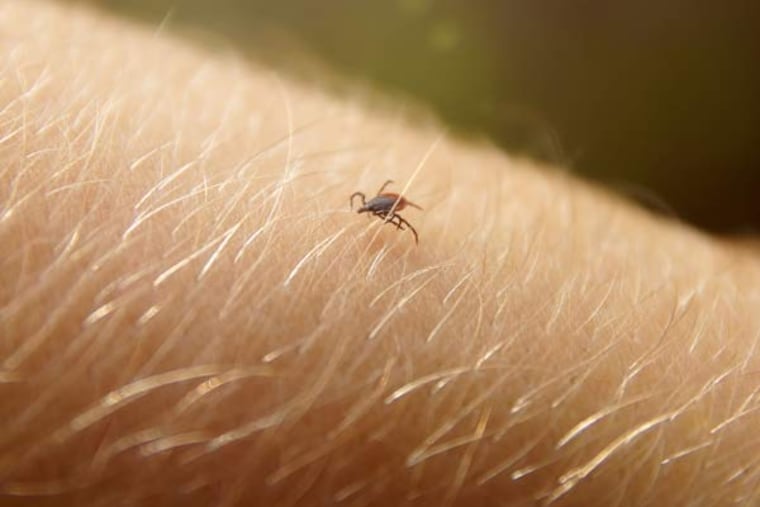The most common ticks in the Philly region, and how to protect yourself
Here’s how to identify the most common tick species in the region, and what to do if you get bitten.

Here’s how to identify the most common tick species in the region, and what to do if you get bitten.
